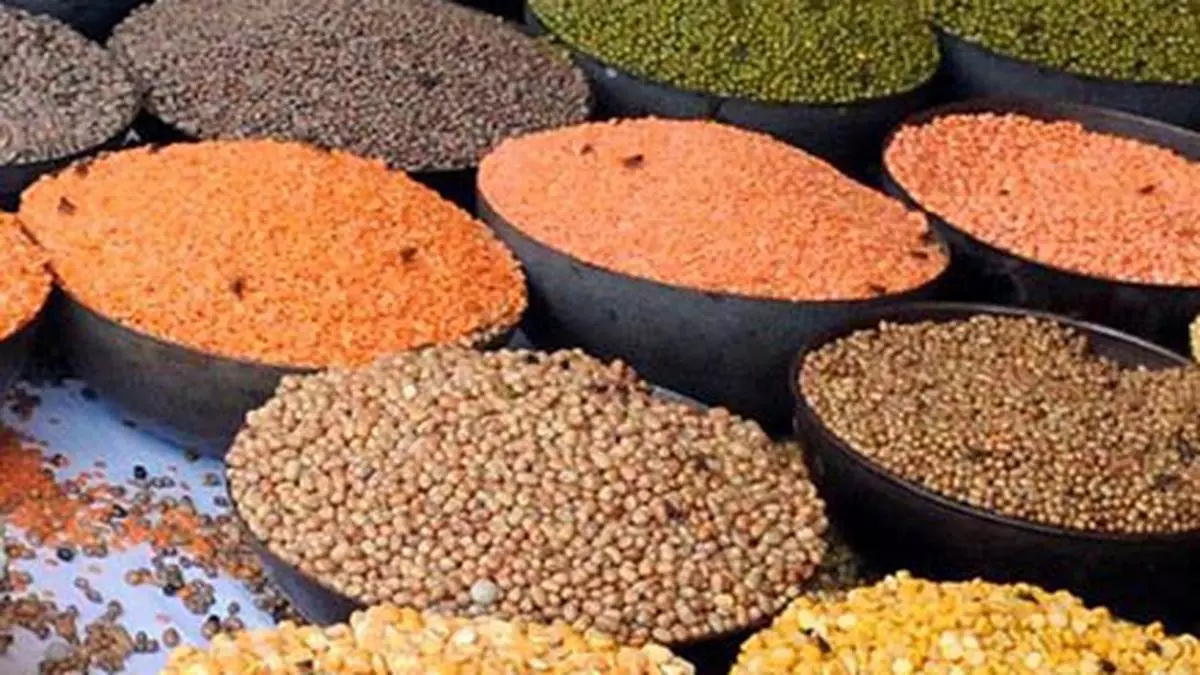Rising temperatures affecting demand for pulses, says trade
Amidst soaring temperatures across the country, the demand for pulses has slowed down, traders have said.
“The demand is slow. Offtake is very low due to the rising temperatures,” said Bimal Kothari, Chairman, India Pulses and Grains Association, the apex trade body. Stating that the slowdown in demand during the summer months was not a new phenomenon, Kothari said demand could come back going ahead.
The slowdown in demand has led to sparse buying of pulses such as chana, which has led to easing of prices. Chana prices in the major producing state of Madhya Pradesh eased by ₹100-150 per quintal on Thursday due to slack purchases at elevated rates and rising arrivals in select markets, IPGA said in its market update.
Import window extended
Kothari said except for tur, prices of all other pulses have eased or stable. “The only concern is tur and that concern will remain through the year as the new domestic crop will hit the markets around December. Prices of tur is high. Everybody knows that tur production in the past couple of years has been short. There are alternative pulses, which are available at much cheaper rates,” Kothari said.
The mandi prices of tur are ruling in the range of ₹8,000-12,233 per quintal in States such as Karnataka and Maharashtra depending on the variety and quality. While masur (lentils) is ruling below the MSP at around ₹6,000, chana is selling about 10-15 per cent higher than the MSP in the range of ₹6,000-6,500, Kothari said. Prices of yellow peas are hovering between ₹4,000 and ₹4,100 per quintal, while urad is stable at around ₹9,000-9,500, Kothari said.
The Government has recently extended the import window for yellow peas till June 30 this year. Kothari said about 1.5 million tonnes (mt) of yellow peas has been imported so far. By June-end the imports of yellow peas are likely to be in the range of 1.7-1.8 mt, Kothari said.
On the kharif acreage expectations for pulses, Kothari said it is too early to comment. “If the rains are good and farmers have seen the good prices, we can expect a good crop. It is too early to talk about all these things now,” he said. The Indian Meteorological Department has forecast an above-normal monsoon for the year ahead raising expectations of a good kharif cropping season.
